Paul Alexander, the man who spent more than 70 years on an iron lung ventilator, had a devoted carer by his side who acted as his ‘arms and legs’ for the last three decades of his life.
Although their relationship was not romantic, Kathy Gaines, 66, lived with Paul ever since he graduated law school and moved to the Dallas-Fort Worth area until his death at age 78 on Monday.
“Kathy and I grew together … she reached out for so many things that I needed,” Paul shared The Guardian back in 2020.
Paul had a lover named Claire decades ago – but her mother forbade them to marry.
His brother, Phil, said his relationship with Kathy, who is legally blind due to type 1 diabetes, was the closest.
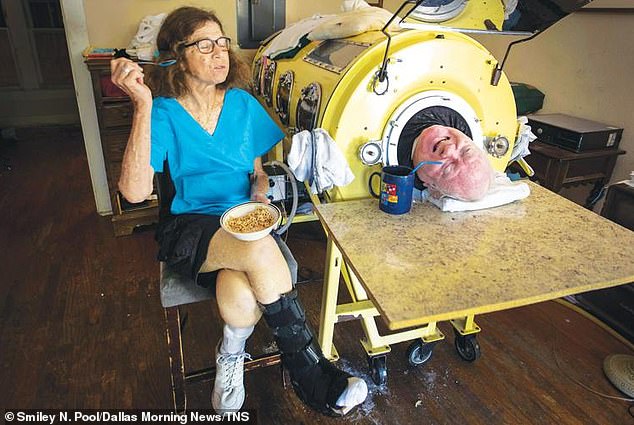
Paul Alexander and Kathy Gaines, his caregiver of 30 years, whom he met from a newspaper ad
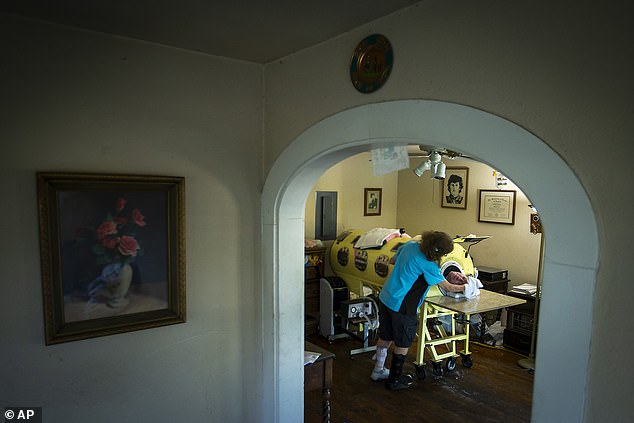

Paul Alexander, the man who spent more than 70 years on an iron lung ventilator, had a devoted carer by his side who acted as his ‘arms and legs’ for the last three decades of his life
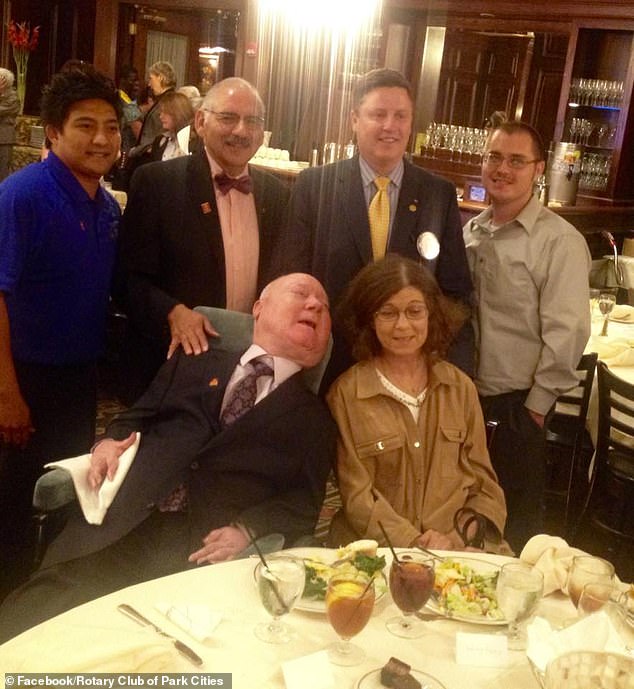

Paul Alexander (front, left) with Kathy Gaines (front, right) at the Rotary Club of Park Cities in 2014 for World Polio Day, where Paul shared his story of life in an iron lung
“Paul has always been aggressive about things that he wants and needs around other people,” Phil told The Guardian in the same 2020 interview.
‘He is quite demanding. But Kathy is more demanding than he is. They’ve had their moments, but they always work it out’.
Kathy was the mastermind behind the title of Paul’s memoir, Three Minutes for a Dog, which he self-published in April 2020 about his extraordinary life story.
She said she became his ‘arms and legs’ after answering a job ad that was his career some 30 years ago.
Kathy was responsible for Paul’s daily maintenance such as shaving his face, changing his clothes and sheets, trimming his hair and nails, giving him his toothbrush.
This also involved working with the unusual machine which kept him alive for 72 years after he contracted polio at the age of six in 1952.
She also did much of his life admin – from paperwork to making appointments and doing grocery shopping.
Throughout their 30 years together, she always lived either with him or in the same building. She saw him every day, whether she was working or not.
During her five-month stay in hospital in 2019, Kathy kept this up by visiting daily by bus – as she was unable to drive due to her eyesight.
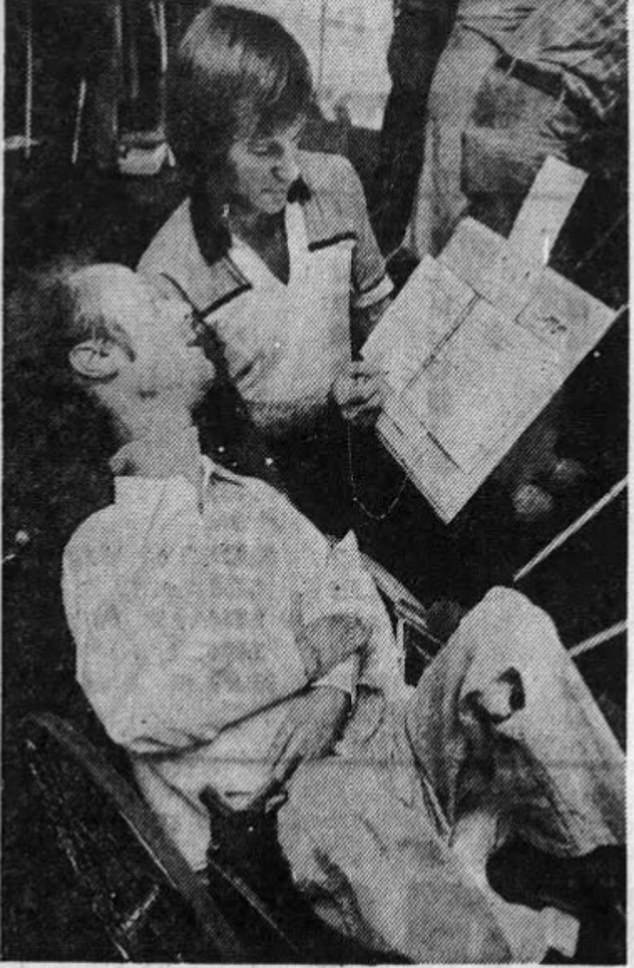

International source of inspiration Paul Alexander depicted voice from a wheelchair
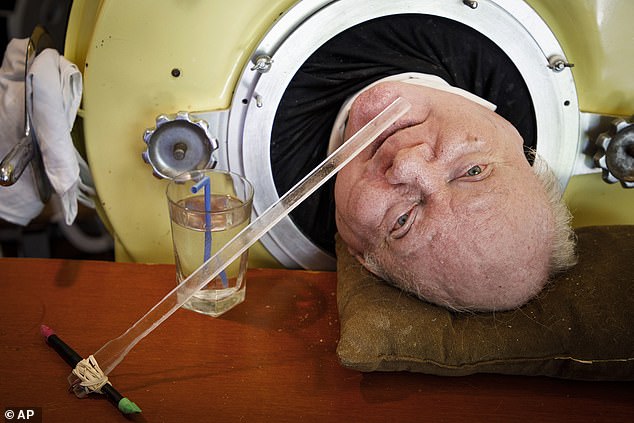

“Kathy and I grew together … she reached out for so many things that I needed,” Paul told The Guardian back in 2020
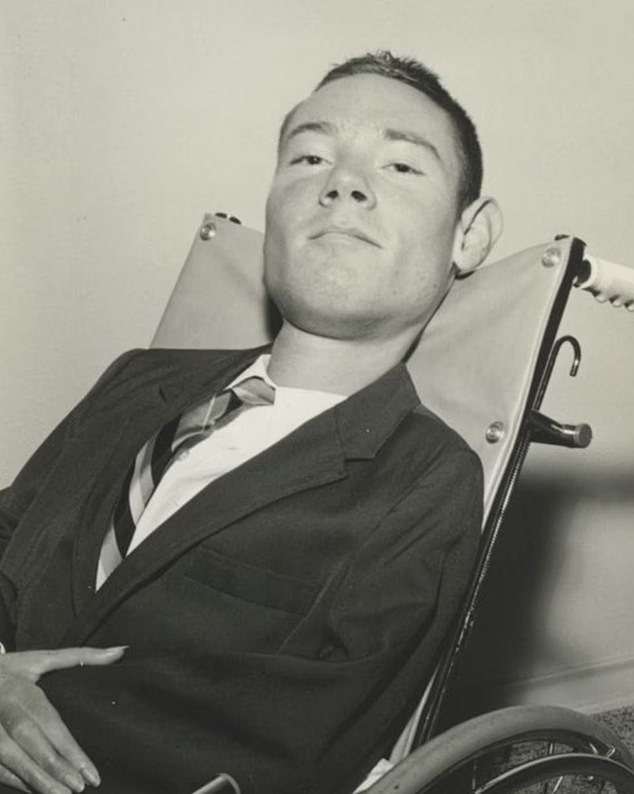

Paul Alexander became ill at the age of six and spent most of his life on an iron lung ventilator
She taught the nursing staff how to operate the iron lung machine and about Paul’s preferences.
Paul contracted polio as a child during a major American outbreak of the disease in the 1950s and was paralyzed from the neck down for life.
He normally used the ‘iron lung’ machine to breathe as he could not contract the diaphragm – but he also taught himself a breathing technique which allowed him to leave the machine for up to a day.
Known as glossopharyngeal breathing, the technique involves sucking air into the lungs.
He was home-schooled and at the age of 21, graduated second in his class from WW Samuell High in Dallas in 1967.
Paul went on to study law at Southern Methodist University in Dallas, where he fell in love with a woman named only Claire.
They became engaged, but his mother disapproved of their relationship because of Paul’s condition and forbade them to marry or even speak again.
“It took years to get over it,” Paul told The Guardian in the 2020 interview.
A trained lawyer, he lived a rich and varied life as an amateur painter, law teacher, published author and rights activist despite being tied to the machine.
Paul wrote his 2020 memoir by tapping keys on his computer with a pen glued to a stick he held in his mouth.
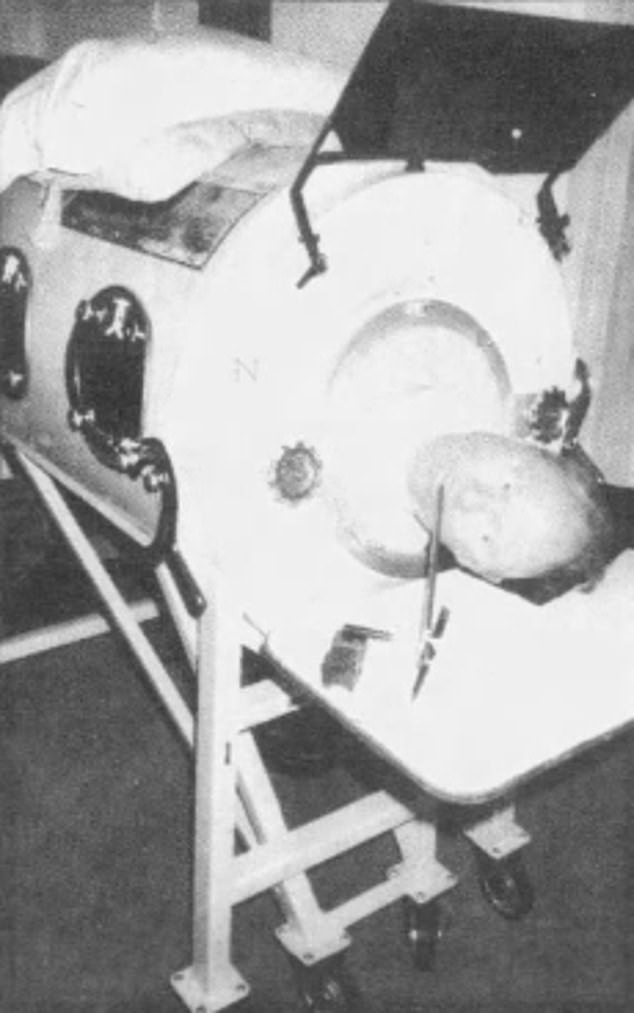

Paul Alexander, a trained lawyer, signs papers for work from the iron lung
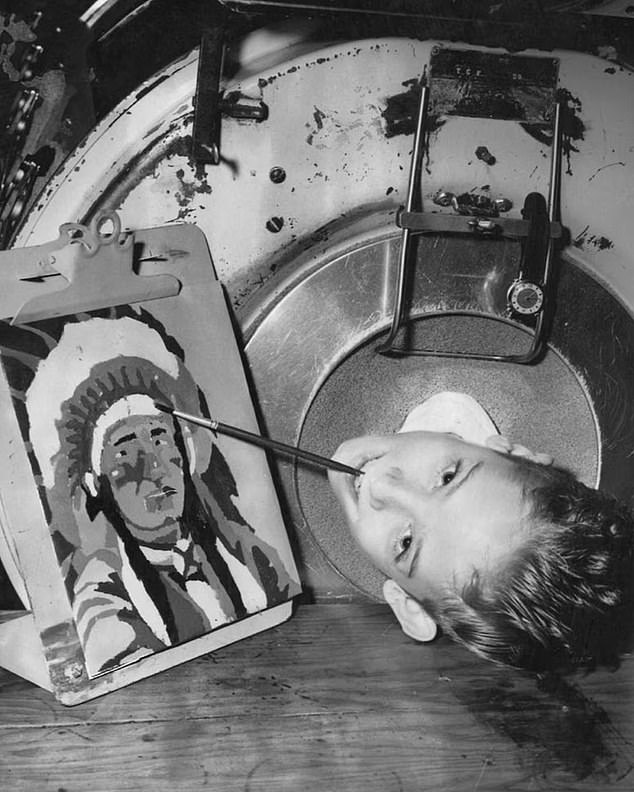

Despite physical limitations, Paul became an avid painter, traveler and writer
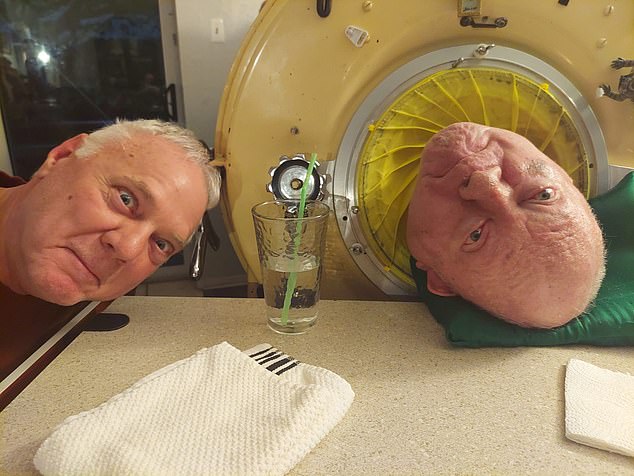

Paul Alexander pictured with his beloved brother Philip. In a heartbreaking Facebook tribute, Philip called his sibling ‘lovely’ and ‘also a pain in the ass**’
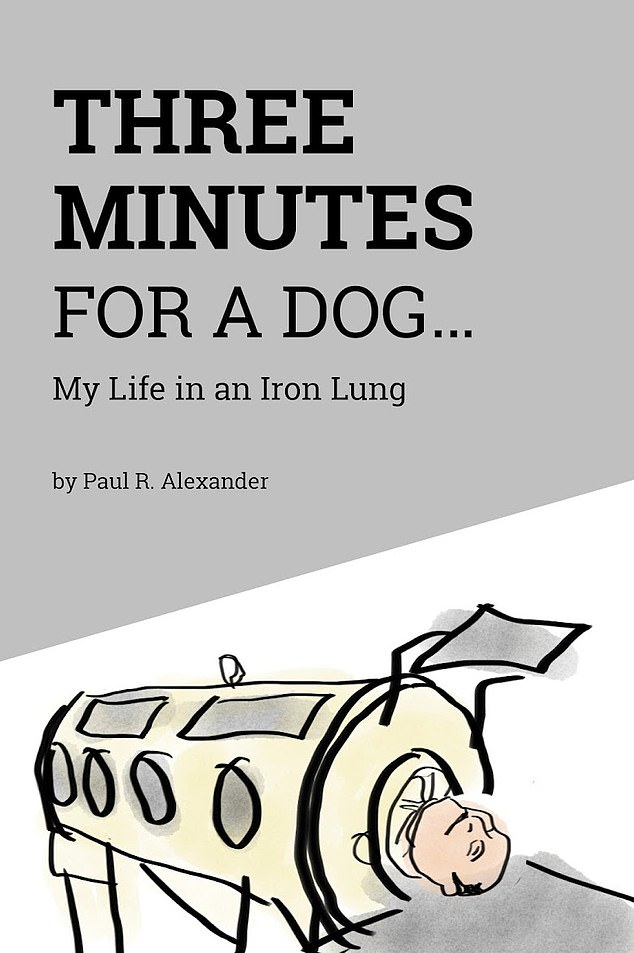

Paul Alexander managed to write a book by holding a pen in his mouth to press his keyboard
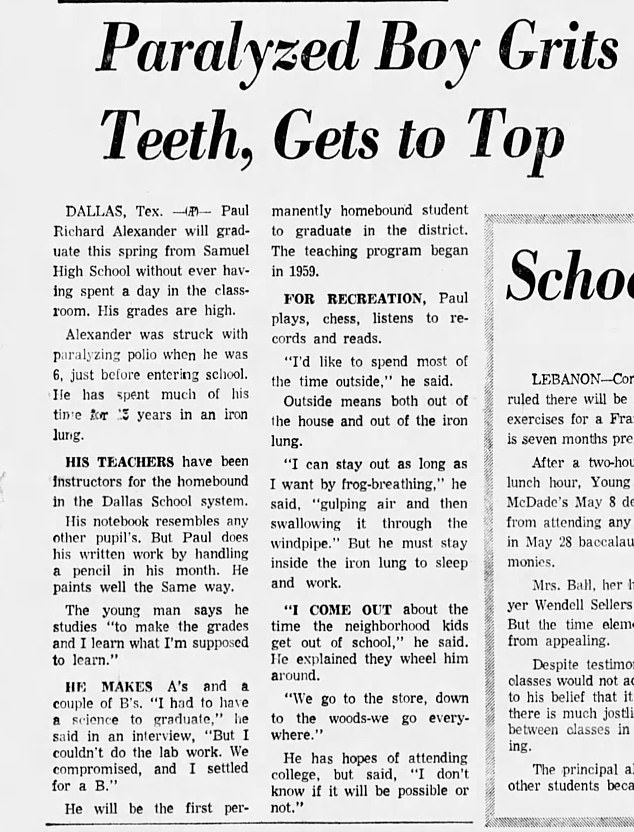

The AP news agency shared the story of how Paul became a top student despite the condition, noting that he was set to graduate as the first homeschooled student in the district, dating back to 1959
He hoped his words would encourage and inspire others to live a full and positive life.
Paul’s story touched life to millions who tuned into his social media to share his reflections on life from inside a metal box.
He proudly recounted the opportunities he had created to travel as a speaker on disability rights, enjoy ocean views and even visit strip clubs as he shared all the reasons to stay cheerful.
In his own words of defiance: ‘You can actually do anything, no matter where you come from, your background or the challenges you may face.’
‘You just have to put your heart to it and work hard… My story is an example of why your past and even obstacles don’t have to define your future.’
